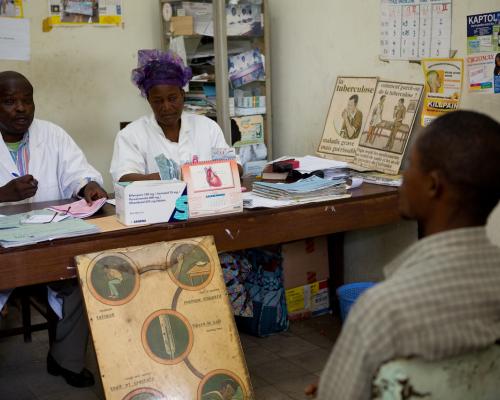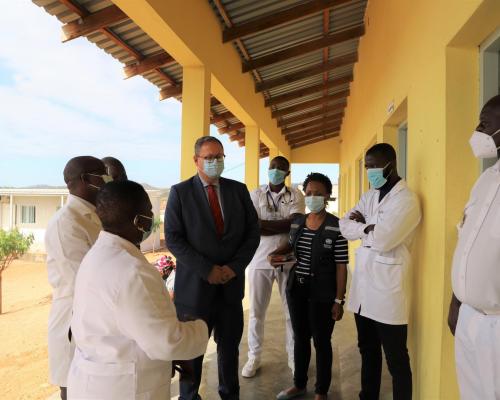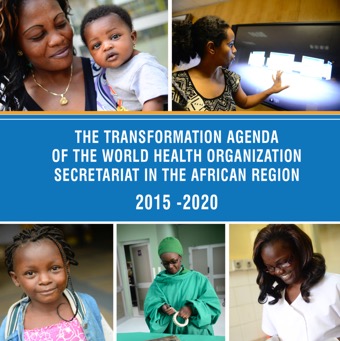In the absence of a vaccine or chemoprophylaxis, human African trypanosomiasis is controlled through case detection and treatment, and, to a lesser extent, vector control.
For T brucei gambiense human African trypanosomiasis, the most effective control strategy is case finding and treatment, which reduces the human reservoir and thus decreases parasite transmission.
Cases of T brucei gambiense disease are detected through active screening campaigns by mobile teams, consisting of up to eight people travelling in four-wheel drive vehicles or boats, and through passive screening in fixed health structures.
This labour-intensive strategy is no longer cost-effective in the numerous low-prevalence settings. In low-prevalence settings, targeted door to-door surveys focused on the immediate vicinities of former patients with human African trypanosomiasis may provide an alternative to mass screening and complement passive case detection.
Active screening can also be performed by so-called light mobile teams, consisting of one or two people travelling on motorbikes, who can reach villages or camps that are inaccessible to four-wheel drive vehicles. In the current elimination context, it is also crucial to reinforce passive surveillance, integrating it into the general health-care system and focusing on self-presenting patients.
Because passive surveillance relies on clinical suspicion followed by serological tests, it mostly detects patients with second-stage disease, who are likely to have fed the transmission cycle for years before detection. It is therefore necessary to carry out reactive screening campaigns in the probable areas of infection of these patients.


